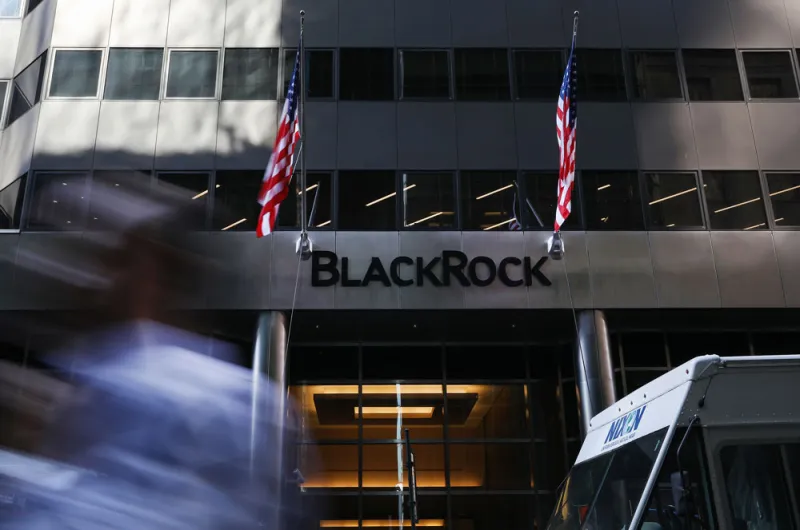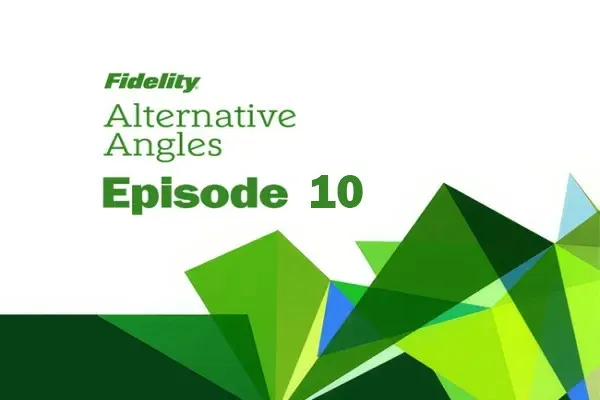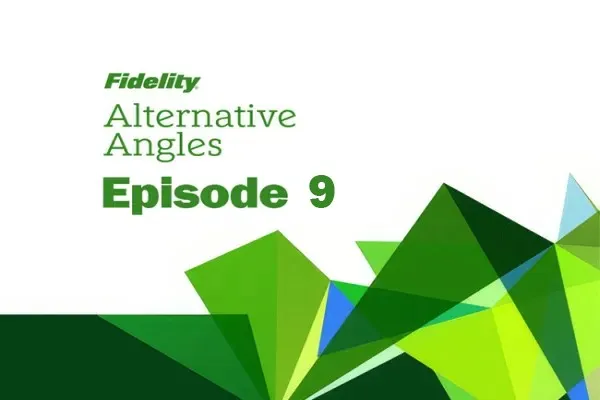A specific group of investors is behind the latest surge in the secondaries market, which is on pace for another record year.
Halfway through 2024, there was already $72 billion in total closed transaction volume and that number is projected to top $140 billion before 2025, according to a midyear report by BlackRock. The previous record, set in 2021, was $132 billion. This year’s secondary activity has been especially busy compared to last year. Through the first half of 2023, there was only $42 billion in volume and the annual total was $114 billion.
General partners and limited partners — pensions, endowments, and other institutions — sometimes sell private-equity stakes, or interests in those funds, even though they've committed to invest for the life of the fund. Both groups are contributing to the expected banner year in secondaries. But the LPs are leading the way. LP-led volume comprised 57 percent of the total during the first half of 2024, or a record $41 billion — 64 percent year-over-year growth.
“As many LPs are still experiencing net negative cash flows, there is an increasing appetite to transact on partial commitments or newer vintages to maintain GP relationships and maximize price,” the report says.
It's not surprising secondary activity is high, given the backdrop of problems in private equity. New and repeat LPs are selling shares at a higher frequency in response to ongoing liquidity pressures — they need cash — and attractive prices for stakes in funds, according to BlackRock. A considerable number of them are first-time sellers: 45 percent in the first half of 2024 compared to 39 percent in 2023. Pension funds have been the most active sellers in the hot secondary market.
On the demand side, a mountain of dry powder ($190 billion in the first half of the year), improved buyer optimism, strong public market performance, and positive signs in private equity exit activity have contributed to rising fund-level pricing. Prices for buyout stakes improved by more than 2 percent year-over-year, reaching 94 percent of the net asset value of funds, the highest level since 2021.
“Additionally, the influx of dry powder, supported by fundraises at the large-end of the market, as well as new '40 Act' vehicles, has intensified competition for large-scale portfolios and those with favorable characteristics, such as minimal unfunded requirements and potential near-term distributions,” the report says.
BlackRock says many GPs are continuing to use continuation vehicles — another form of secondary transaction — to provide liquidity to LPs, even though they still have a love-hate relationship with those types of funds. The skeptics say there are conflicts of interest when it comes to asset valuation, and that continuation funds are similar economic structures to equity co-investment programs — except they come with fees or adverse selection.
Large-cap GPs utilized more multi-asset continuation funds and liquidity processes to generate optional liquidity in a scalable manner. Meanwhile, mid-cap GPs used single-asset continuation vehicles, which made up 55 percent of the volume, to keep top-performing investments longer.
On the demand side, pricing remained robust across the board. Single-asset continuation funds frequently demanded superior pricing (94 percent of NAV), followed by multi-asset continuation funds (88 percent), and tender processes (86 percent). “As observed in previous years, the number of market participants in GP-led transactions is increasing, with traditional private equity sponsors and family offices continuing to develop secondary capabilities,” the report said.
BlackRock’s report also noted “troughs” appearing in venture capital valuations (which some GPs and family offices are seeking help from third-parties to sort out). That suggests there is “an attractive risk-reward profile for high-quality portfolios with appropriate levels of concentration and underwritable value drivers, although the bid-ask spread has remained wide.”







